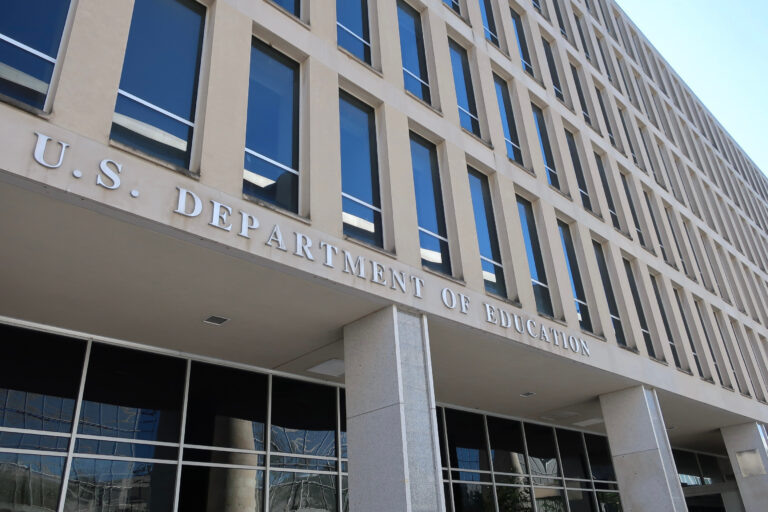New federal data showing a sharp decline in international student arrivals this August—down 19% year-over-year—is fueling renewed concern across higher education about visa delays, policy uncertainty, and America’s standing in the global competition for talent. The decline in enrollment is also driving uncertainty about institutional budgets as many rely on international students as a significant source of revenue.
The Department of Homeland Security’s SEVIS database, administered by U.S. Immigration and Customs Enforcement (ICE), suggested a small uptick in total international enrollment. But the two datasets track different metrics, complicating efforts to assess the full impact of shifting immigration and visa policies on student mobility and enrollment. [Inside Higher Ed]
What’s Happening: Visa Processing Delays Continue to Disrupt Enrollment
Visa appointment freezes and interview backlogs during the summer led to late arrivals, deferred starts, and canceled plans for many students. Institutions that rely heavily on graduate enrollment—particularly in STEM fields—reported uneven international turnout compared to prior years.
The effects appear to be most pronounced among students from India, Nigeria, and Ghana, where visa processing delays extended into late August. Some institutions have extended grace periods or adjusted start dates to accommodate affected students.
Issues with visa approvals are not necessarily new to higher education. A report from HolonIQ this summer found that one-quarter of potential international students had visas rejected in 2023 during the Biden administration; however, the impact of the increased uncertainty and delays during the Trump administration is still being determined.
Multiple Data Sources
The gap between State Department entry data and SEVIS enrollment figures has made fall forecasting difficult. Some analysts point to unreported data or students shifting from F-1 to H-1B status as possible explanations. Others note that SEVIS counts students engaged in optional practical training, which can obscure actual enrollment declines. Many in higher education are awaiting the Institute of International Education’s Fall Snapshot Report next month for a more definitive read on national enrollment trends.
Shifting Patterns in Global Student Demand
The largest declines were among students from Africa (–32%), Asia (–24%), and the Middle East (–17%), while arrivals from Europe and Oceania remained largely flat. Indian students—the top source of international enrollment in the U.S.—saw a 44% decrease compared to last year. Analysts warn that these short-term declines could have long-term implications for institutional finances and local economies, particularly in regions and institutions that depend heavily on international student enrollment and spending.
Interested in learning more? Please reach out to us for more information about our research and due diligence services.




